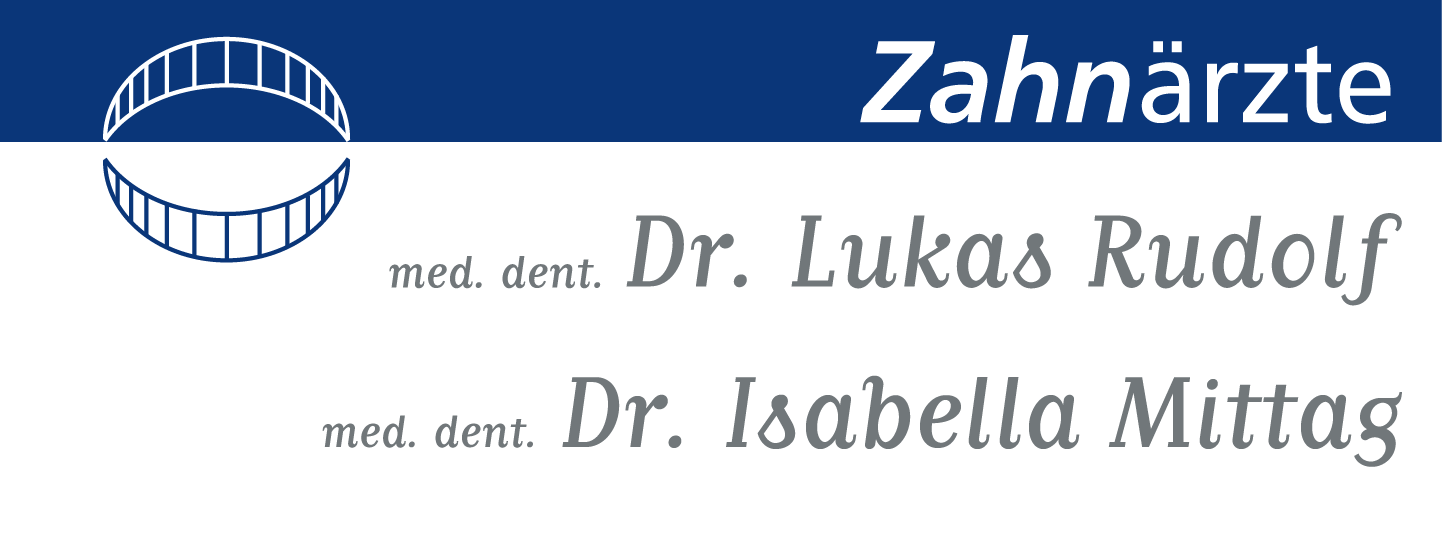Bleaching – teeth whitening.
Should an oral hygiene session may not be sufficient, discolored teeth can be whitened professionally and gently by whitening procedures.
- Before a so-called office-bleaching or home-bleaching session it is important to control all your teeth (e.g. during a semi-annual control appointment)
- Cleaning of your tooth surfaces is then performed in a prophylaxis session (professional teeth cleaning)
- The actual whitening process can be carried out either in the office (office bleaching) or at home (home bleaching)
- Even discolorated root canal treated teeth can be whitened (so-called walking bleaching)
